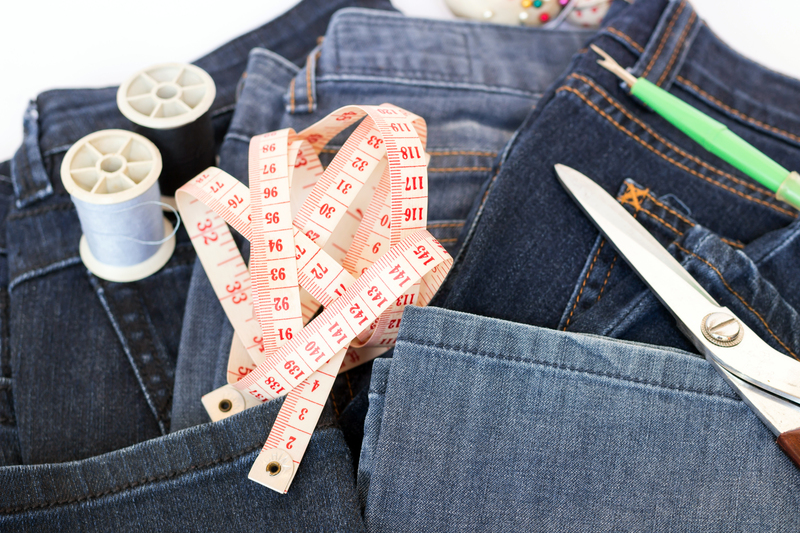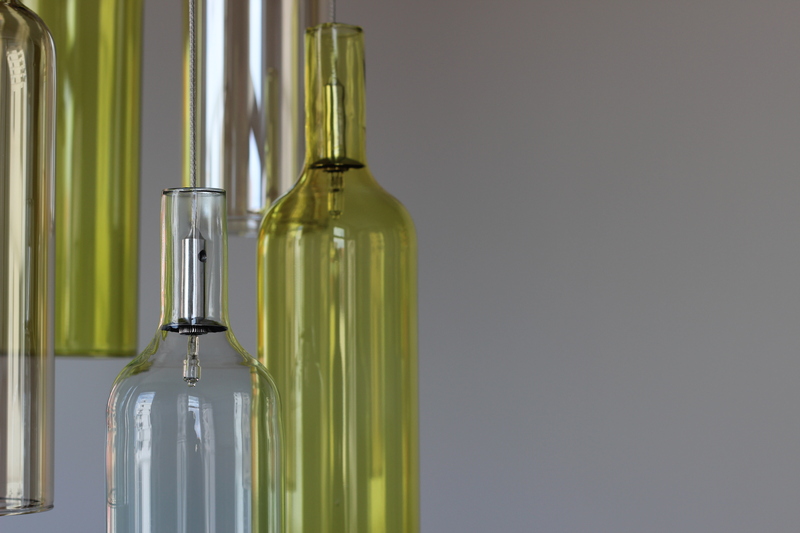Bringing Professional-Level Cleanliness to Your Floors at Home
Achieving spotless, hygienic flooring doesn't have to be exclusive to office buildings and hotels. With the right techniques, tools, and knowledge, you can bring professional-level cleanliness to your floors at home. Whether you have hardwood, tile, laminate, carpet, or vinyl, this comprehensive guide will reveal industry secrets, product recommendations, and maintenance routines to transform your floors from merely clean to immaculate.
Why Aim for Professional-Quality Floor Cleaning?
It's easy to settle for "good enough" when it comes to home floor cleaning, but truly spotless floors offer far-reaching benefits:
- Enhanced Health: Removing trapped dust, allergens, and bacteria keeps your living space safer.
- Prolonged Lifespan: Dirt and grit are abrasive; regular deep cleans preserve your flooring investment.
- Brighter Appearance: Professionally cleaned floors look newer and more inviting.
- Improved Home Value: Clean, well-maintained floors are a key selling point for potential buyers or renters.
The secret behind professional-level floor cleaning at home revolves around a strategic system, quality products, and consistent routines. Here's how you can match--if not surpass--what the pros achieve.

Understanding Your Floor Types
Before you can bring commercial-grade results to your home floors, it's crucial to identify your floor types and understand their unique needs. Here's a breakdown of the most common materials and their sensitivities:
- Hardwood: Prone to water damage and scratches, requires gentle cleaners and minimal moisture.
- Laminate: Sensitive to flooding and harsh chemicals; use damp mops and pH-neutral solutions.
- Tile: Grout lines trap dirt; a combination of scrubbing and proper cleaning agents is needed.
- Vinyl: Tough against spills, but can be discolored by abrasive tools and strong chemicals.
- Carpet & Rugs: Delicate fibers can hold onto dust, mites, and odors; deep extraction is key.
Each floor type requires tailored care to maintain professional-level cleanliness. Let's explore expert strategies for every surface.
Step-by-Step Guide: Achieve Spotless Floors Like a Pro
1. Clear and Prepare
- Remove all movable furniture, area rugs, and floor-level decor.
- Check for loose debris; sweep or vacuum thoroughly first.
2. Sweep, Vacuum, or Dust
For truly professional home floor cleaning, invest in a high-efficiency vacuum cleaner with HEPA filtration. Use a microfiber dust mop for hardwood and tile to trap even the smallest dust particles.
- Tip: Always vacuum before mopping to avoid muddying your floors.
3. Spot Treatment and Stains
Tackle stains as soon as you notice them. For carpets, use a high-quality stain lifter. On hard floors, gently buff out marks with appropriate products (test in a small area first). Never use steel wool or abrasive pads unless the material guides approve.
4. Deep Cleaning and Mopping
- For Tile & Grout: Use a steam cleaner or a grout brush with a baking soda and vinegar paste to eliminate deep-seated grime.
- For Hardwood: Use a dedicated wood-cleaning solution and a barely damp microfiber mop. Never soak the floor.
- For Laminate & Vinyl: Use pH-neutral, non-soapy cleaners to prevent streaks and residue.
- For Carpet: Rent or invest in a machine carpet cleaner for periodic hot water extraction. Alternatively, try a dry compound cleaning system.
5. Drying and Protection
- Never let moisture sit: Dry with clean towels or let fresh air circulate in the room.
- Rearrange furniture with felt pads or floor protectors to prevent fresh marks or scratches.
Professional Tools Worth Having at Home
Commercial cleaners achieve their results thanks to top-of-the-line equipment and supplies. Luckily, many are now accessible and affordable for homeowners. Here are some pro-level floor cleaning tools and products that make a difference:
- Microfiber Mops: Trap dust and reach into corners better than cotton.
- Steam Cleaners: Harness the natural power of heat to sanitize and dissolve dirt without chemicals.
- HEPA Vacuums: Essential for allergy sufferers and capturing fine dust and pet hair.
- Floor Scrubber Machines: Lightweight versions are excellent for tile and sealed flooring.
- pH-Neutral Floor Cleaners: Safe for most surfaces, crucial for maintaining finish and sheen.
- Stain Extractors: Handheld or upright, for spills on carpet and rugs.
Pro tip: Invest in the highest quality mop heads, microfiber cloths, and vacuum bags you can afford--these actually impact your results.
Common Floor Cleaning Mistakes (and How to Avoid Them)
Even with the best tools and intentions, simple mistakes can undermine your quest for professional-level floor cleanliness at home.
- Overusing water: Excess moisture can warp wood, degrade laminate, and weaken adhesives beneath vinyl and tile.
- Using the wrong cleaner: Bleach and ammonia can strip finishes, dull shine, or leave unsightly residues.
- Skipping dry dusting: Always dry dust or vacuum surfaces before introducing liquids to avoid muddy buildup.
- Neglecting regular deep cleans: High-traffic areas need monthly or quarterly intensive cleaning to prevent permanent stains.
Avoid these pitfalls by following proper procedures, reading manufacturer instructions, and seeking out reliable floor care advice.
Eco-Friendly and Family-Safe Floor Cleaning Tips
You don't need harsh chemicals to enjoy professional home floor cleanliness. Many green cleaning techniques provide safe, effective results:
- Steam: An all-natural disinfectant and grease-cutter for tile, grout, vinyl, and sealed hardwood.
- Vinegar and Baking Soda: Excellent for deodorizing, stain removal, and neutralizing grime (avoid vinegar on marble or true hardwood).
- Castile Soap: A plant-based concentrate suitable for diluted mopping solutions.
- Essential Oils: Add a few drops of tea tree, lavender, or eucalyptus for natural fragrance and antimicrobial properties.
Always spot test homemade solutions and ensure proper dilution to avoid unintended surface damage.
Special Floor Challenges: Pets, Kids, and Allergies
Households with pets, children, or allergy sufferers need even stricter floor hygiene. To maintain professional standards of floor cleanliness at home:
- Vacuum at least twice per week--increase frequency in pet sheds or pollen season.
- Promptly clean up spills to prevent staining and sticky patches.
- Use doormats at entrances to trap outside dirt and allergens.
- Consider air purifiers in addition to floor cleaning routines.
These proactive measures will help you maintain the highest cleanliness, safety, and air quality standards throughout your home.
Setting Up Your Own Professional Home Floor Cleaning Routine
Consistency is the real secret to professional-grade floors at home. By creating (and sticking to) a cleaning schedule, your floors will always look their best.
Sample Professional Cleaning Schedule
- Daily: Sweep or vacuum high-traffic areas.
- Twice Weekly: Full vacuum or dry mop all accessible floors.
- Weekly: Mop hard floors; spot clean stains on carpet or rugs.
- Monthly: Deep clean (steam, extraction, or machine) as appropriate.
- Seasonally: Move furniture for thorough edge/underneath cleaning; professionally service carpets annually.

FAQs: Bringing Professional-Level Cleanliness to Home Floors
Q: How do professionals keep floors so clean?
A: Pros use structured, systematic methods, commercial-grade machines, and always tackle edges and hidden areas. Their secret also lies in using the right product for each surface, and never skipping steps in the cleaning process.
Q: Which floor cleaning solution is best for home use?
A: Opt for pH-neutral, floor-specific solutions. For eco-conscious users, distilled vinegar (where safe) or castile soap will do the job.
Q: How can I make my home's floors last longer?
A: Routine cleaning paired with immediate attention to spills, use of furniture pads, regular deep cleaning, and occasional resealing for woods or grout will preserve your flooring investment.
Q: Are steam mops safe for all floors?
A: No. Only use steam on sealed hardwood, tile, and vinyl. Avoid steam mops on waxed, unsealed, or water-sensitive flooring and always confirm with your manufacturer's guidelines.
Conclusion: Enjoy Immaculate Floors Every Day
Bringing professional-level cleanliness to your home floors is entirely achievable with the right knowledge, the proper equipment, and a diligent routine. Focus on understanding your floor's unique needs, using the right cleaning solutions, and investing in quality tools. Consistency, attention to detail, and a touch of professional know-how will reward you with spotless, hygienic, and beautiful floors--making every step in your home a pleasure.
Ready to transform your cleaning routine? Start with these expert strategies today, and bring the sparkle of professional floor care into your everyday living space.